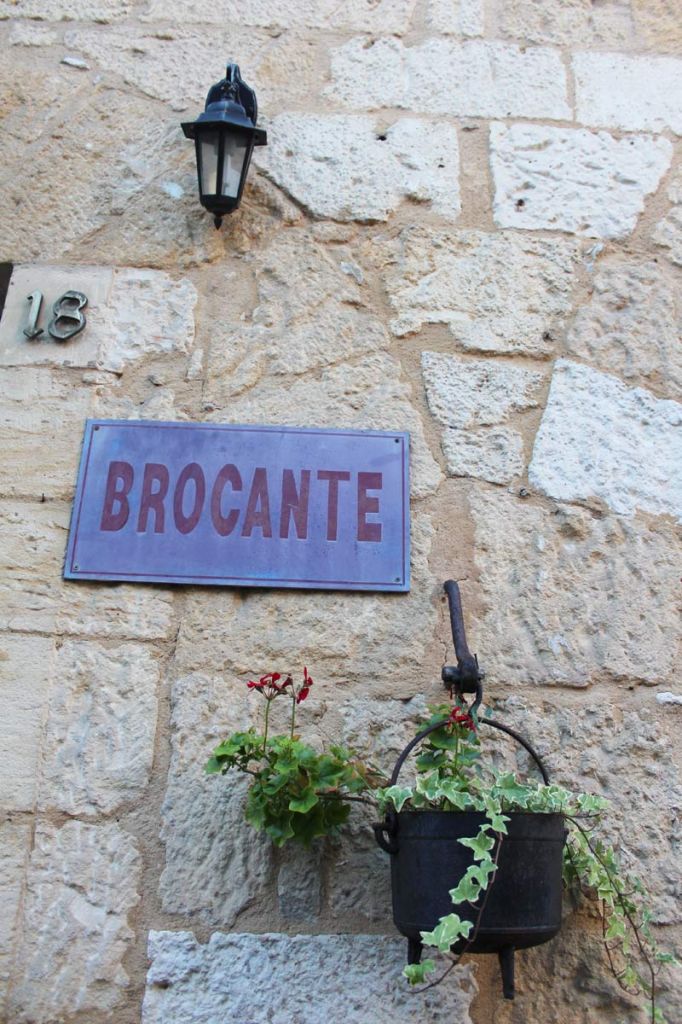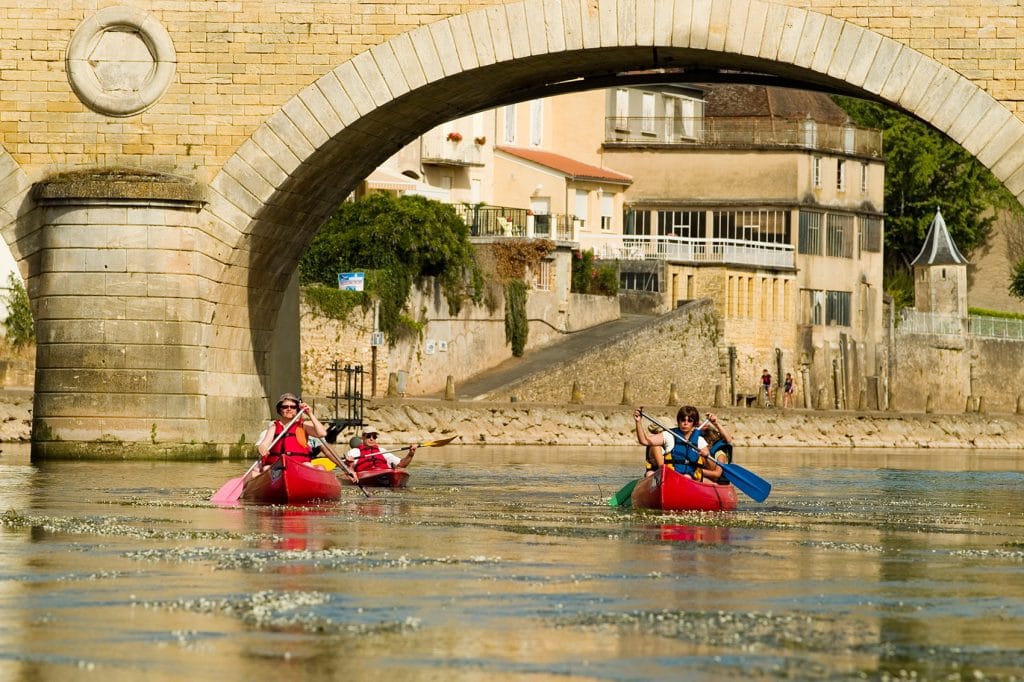
To learn more about the region's distant history, make sure you visit the Municipal Museum of Paleontology and Wildlife. The latter is currently the first aerial and urban route in France with three levels of difficulty, and a range of fifty-seven different courses. Open to the public in the late 1980s, it also hosts a mini golf course, the Iguana Park with its reptiles, the prehistoric labyrinth, or the Big Bird.

The largest private freshwater aquarium in France, the Perigord Black Aquarium offers visitors over 6,000 fish. Created in 1992, it recreates over seven hectares of public buildings such as the school, the chapel, the wash house or the post office, workshops of craftsmen with demonstrations, as well as carnival rides. The village of Bournat, ecomuseum of the Perigordian life of the late nineteenth century, is a must in the town. Mainly commercial, Le Bugue however owes its fame in the history to Jean Rey, scientist at the origin of the discovery of the laws of the conservation of the mass and inventor of the thermoscope, the ancestor of the modern thermometer.įrom its rich history, Le Bugue has retained an interesting architectural heritage to discover the time of a stay in the region.

Long border city between the French and English, she suffered many battles and looting. Very prosperous until the middle of the 12th century, the town then became an English province at the same time as the rest of Périgord. Inhabited since prehistoric times, the territory of Bugue developed in the second half of the 10th century with the construction of the Benedictine abbey, now extinct, Saint-Marcel-et-Saint-Salvador. It is located about forty kilometers from Périgueux, not far from Saint-Cirq, Pezuls or Alles-sur-Dordogne. Réservez dès maintenant sur of Dordogne, in the region of New Aquitaine, Le Bugue takes place in the heart of Black Périgord, on the banks of the Vézère.


 0 kommentar(er)
0 kommentar(er)
